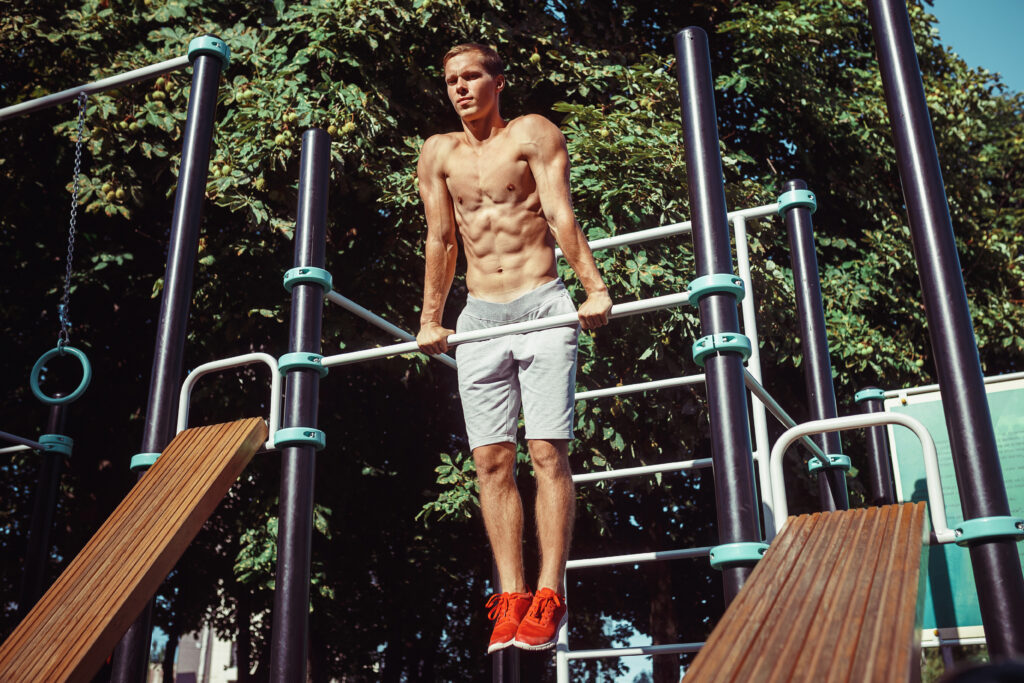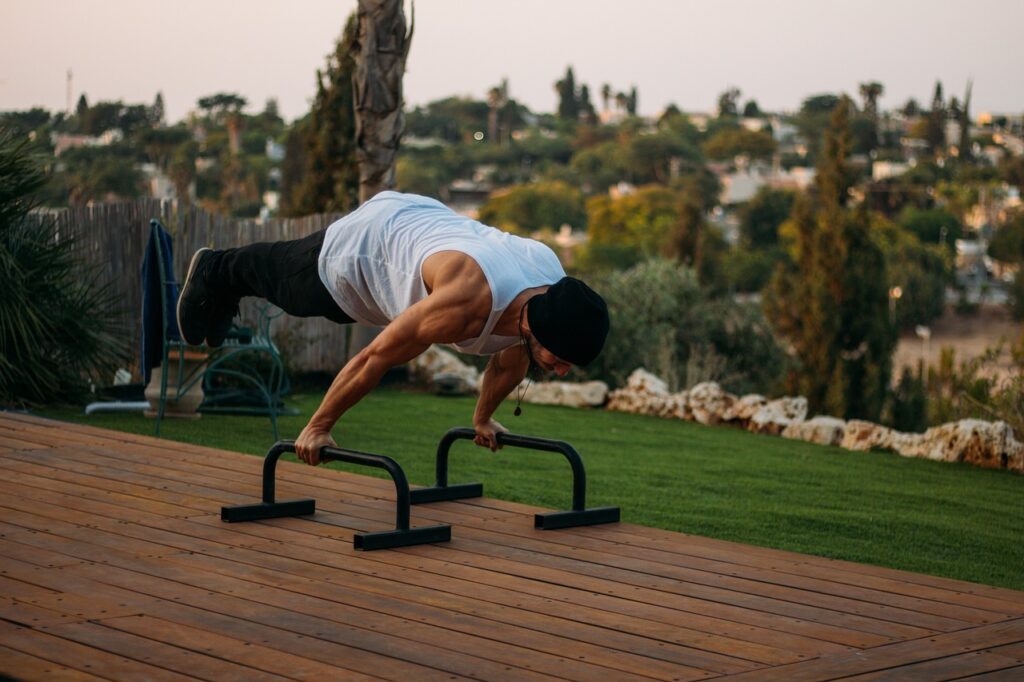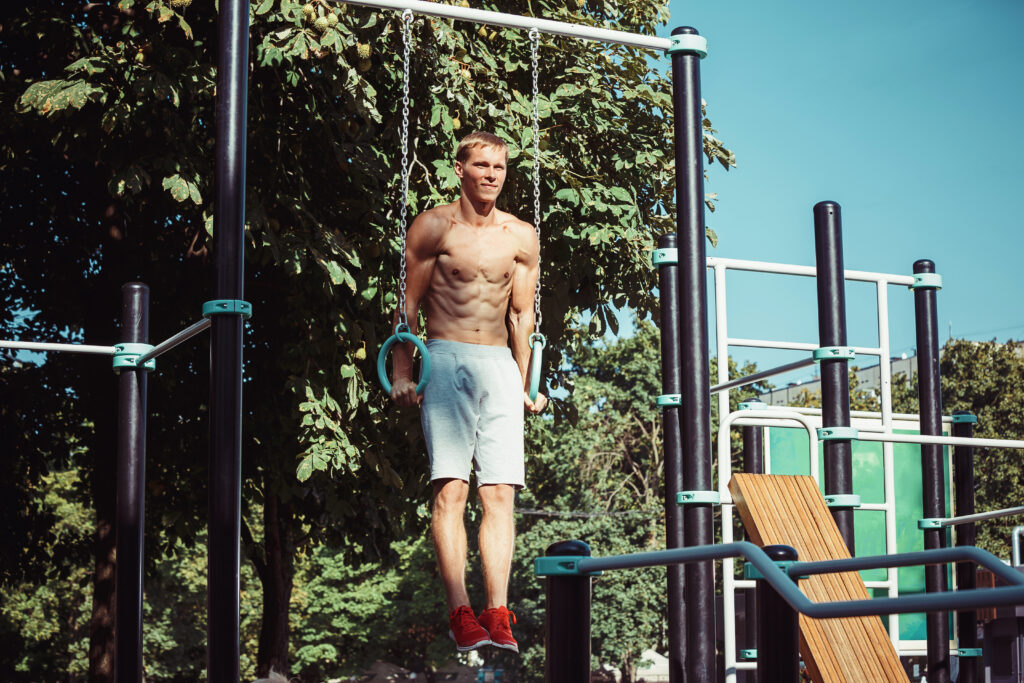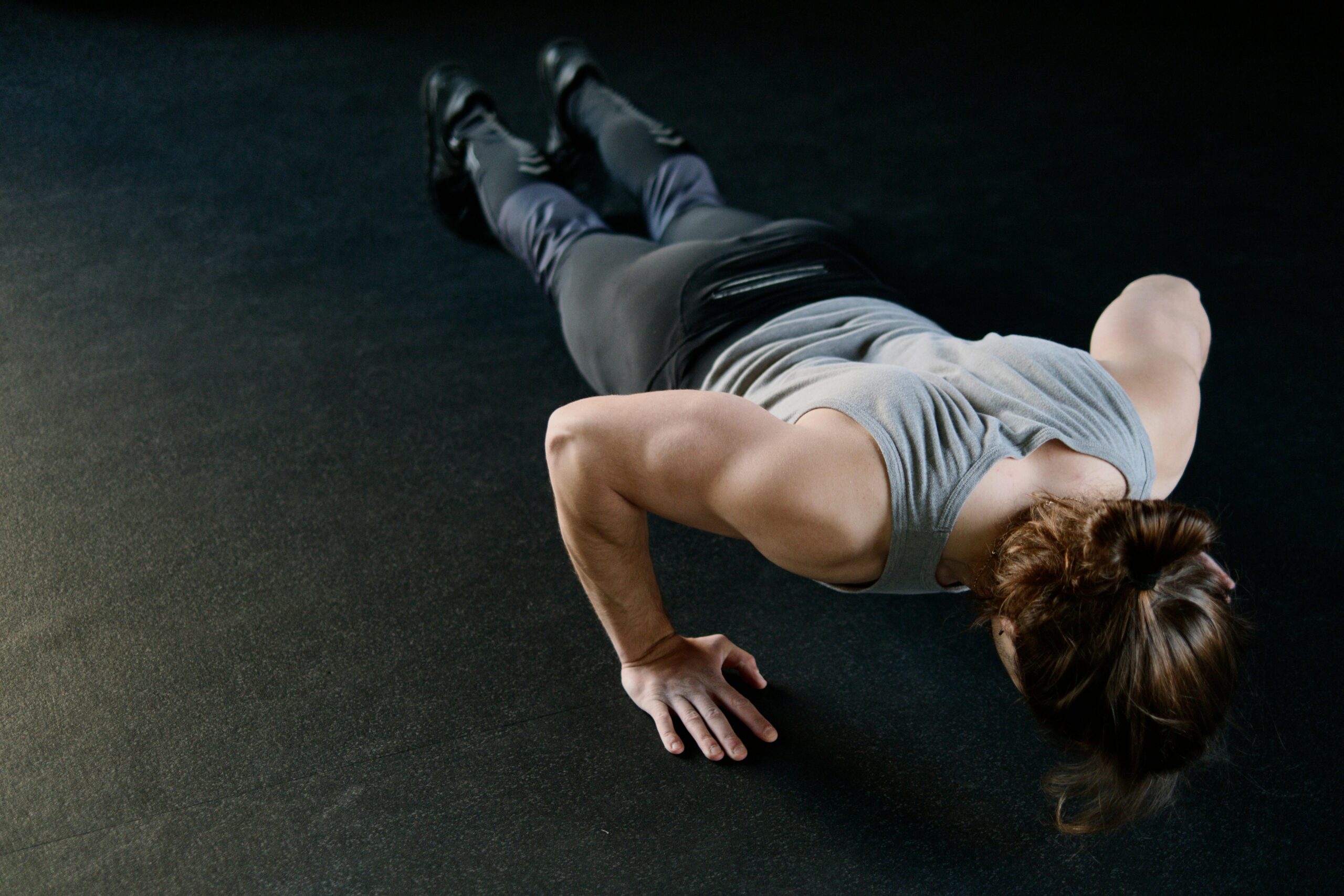Calisthenics Skill Progressions: The Ultimate Step-by-Step Guide
Calisthenics is all about mastering your bodyweight through progressive skill development. Unlike weight training, where you can just add more plates, calisthenics skill progressions rely on improving strength, control, and mobility to move from basic to advanced movements.
If you’ve ever dreamed of doing muscle-ups, planches, or one-arm pull-ups, you’re in the right place. But jumping straight into these high-level skills can lead to frustration—or worse, injury. That’s where calisthenics skill progressions come in.
In this guide, we’ll cover:
The science behind calisthenics skill progressions
A step-by-step roadmap to mastering advanced moves
The biggest mistakes to avoid
How to train smarter for faster progress
Whether you’re just starting or trying to unlock your first elite move, this guide will give you everything you need.
Why Calisthenics Skill Progressions Matter
Think of calisthenics like leveling up in a video game. You don’t start with the hardest boss fight—you train, gain experience, and improve step by step. The same principle applies to calisthenics skill progressions.
The Three Pillars of Progression
Strength – Without sufficient strength, advanced skills are impossible. Every move requires progressive strength development in key muscle groups.
Body Control & Mobility – Just being strong isn’t enough. You need coordination, balance, and mobility to execute complex movements with precision.
Consistency – Mastering a skill takes time. Small, steady improvements each session lead to long-term success.
Skipping progressions is the biggest mistake people make—it’s like trying to sprint before you can walk. Instead, follow a structured path to unlock elite-level bodyweight skills.
How to Structure Your Calisthenics Skill Progressions
To build towards high-level moves, break down your training into four key phases:
1. The Foundation Phase (Beginner Level)
Before jumping into advanced progressions, you need strong fundamentals. Focus on:
Push-ups (at least 30 reps in one set)
Pull-ups (10+ reps with perfect form)
Dips (15+ controlled reps)
Hollow body holds (core activation for levers and planches)
These basics build joint strength and prepare your body for more demanding progressions.
2. Strength & Stability Phase (Intermediate Level)
Once you can do basic exercises with ease, start incorporating isometric holds and explosive movements:
Archer push-ups & pull-ups (to build unilateral strength)
L-sits & tuck holds (for core control)
Negative reps (for muscle-ups, planches, and front levers)
Pike push-ups (for shoulder and tricep development)
At this stage, you’ll notice improvements in control, endurance, and stability.
3. Skill-Specific Training (Advanced Level)
Now, it’s time to work on your desired skills directly. Pick a few advanced movements and train progressions for each:
Muscle-Up Progression
Explosive chest-to-bar pull-ups
Banded muscle-ups
Slow negative muscle-ups
Full strict muscle-up
Front Lever Progression
Tuck front lever holds
Advanced tuck lever
One-leg front lever
Full front lever
Planche Progression
Frog stand
Tuck planche
Straddle planche
Full planche
4. Mastery & Fine-Tuning (Elite Level)
At this stage, perfecting technique and increasing endurance is the focus.
Work on longer hold times for isometric skills
Train explosive variations (clap muscle-ups, one-arm pull-ups)
Integrate weighted calisthenics to build even more strength
This is where true mastery happens!

Common Mistakes That Slow Your Progress
Many people struggle with calisthenics skill progressions because they fall into common training traps. Here’s what to avoid:
1. Skipping the Basics
If you can’t do 10 clean pull-ups, don’t expect to jump into a front lever. Rushing ahead will lead to poor technique and frustration.
2. Ignoring Mobility Work
Advanced calisthenics requires shoulder, wrist, and hip mobility. If you neglect flexibility training, you’ll hit a wall in your progress.
3. Training Too Hard, Too Often
Recovery is just as important as training. Overworking your muscles can lead to fatigue, plateauing, or even injury.
How Long Does It Take to Master Calisthenics Skills?
The timeline varies for everyone, but here’s a general estimate for key skills:
Muscle-Up – 3 to 6 months
Front Lever – 6 to 12 months
Planche – 1 to 2 years
One-Arm Pull-Up – 1+ years
Progress depends on consistency, genetics, and training intensity. If you’re serious about results, commit to a structured plan and trust the process.

Training Tips for Faster Progress
Want to level up your skills faster? Follow these expert tips:
Use Isometric Holds – Holding static positions (e.g., tuck front levers, planche leans) helps build control and endurance.
Increase Time Under Tension – Slow, controlled reps build strength and muscle memory better than fast reps.
Record Your Sessions – Watching your own form helps identify weaknesses and improve technique.
Prioritize Recovery – Don’t train at 100% intensity every day—smart recovery leads to faster progress.
Final Thoughts on Calisthenics Skill Progressions
Calisthenics skill progressions are the roadmap to unlocking incredible bodyweight strength. By following structured steps, training consistently, and avoiding common mistakes, you can reach elite levels of body control.
Remember: progress isn’t always linear. Some days you’ll feel strong, and other days you’ll struggle. The key is to stay patient, trust the process, and enjoy the journey.
If you’re committed to mastering calisthenics, structured progressions will take you there.

Want More? Check These Out!
Looking to build even more calisthenics skills? These guides will help you take your training to the next level:
Is CrossFit Calisthenics? – Find out how CrossFit and calisthenics compare.
Can Calisthenics Build Abs? – Discover how bodyweight training can carve out a six-pack.
Running and Calisthenics – Learn how to combine cardio and bodyweight strength training.




